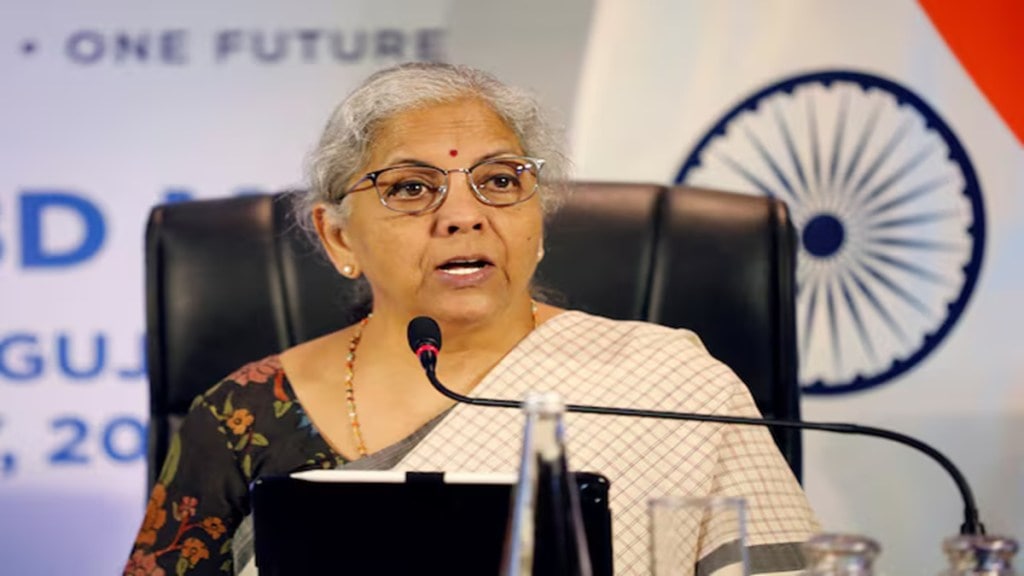Public sector banks (PSBs) are likely to go slow on extending infrastructure loans. This comes after finance minister Nirmala Sitharaman recently said that banks should be concentrating on their core business of deposit mobilisation and medium-term lending.
“While the finance minister’s statement seems to be aimed at banks which may face asset-liability mismatch due to high exposure to large infra projects, it will make all the public sector banks averse to funding long-term infra projects,” a senior official at a state-run bank told FE. While the official does not expect banks to completely stop lending to infrastructure projects, he sees the funding of fresh projects coming down significantly.
“Interest rate cuts are on the horizon, and for large infrastructure projects, even a 25-40 basis point reduction can have a significant impact. As rates decline, credit offtake is set to increase. The FM’s statement has come at a crucial moment as it will temper banks’ enthusiasm for financing long-term projects,” a senior banker said.
At the recently held FE Best Banks awards, the finance minister said that funding high-risk, long-term infrastructure projects could create asset-liability mismatch for banks. Instead, such projects should be financed by specialised infrastructure finance institutions like the National Bank for Financing Infrastructure and Development (NaBFID), Sitharaman said.
While she may be referring to the massive asset-liability mismatch that banks faced a decade ago, most PSBs see it as a nudge to refrain from lending to such projects in the current scenario.
Lending to infrastructure by banks has grown significantly. It rose by Rs 46,359 crore to Rs 13.06 lakh crore by August 2023 from Rs 12.59 lakh crore a year earlier, according to data from the Reserve Bank of India (RBI).
The funding of project loans became a worry for banks after RBI, in a consultation paper, proposed to set aside 5% of their total exposure to a project while construction is underway. This proposal has sparked concerns among banks about the potential impact on profitability, prompting calls for a reassessment of the guidelines.
Bankers argued that the probability of default, or the PD, has been falling consistently and stands at just 2% today. PD, a key component in credit risk assessment and used in the calculation of expected credit losses, is a measure of the likelihood that a borrower will be unable to meet their debt obligations over a specified period.
While RBI is yet to come out with the final guidelines for project finance, the FM has made it clear that the banking sector should not be dabbling in long-term lending.
Industry experts see merit in the FM’s statement because banks are currently struggling with raising deposits, and they have been, for long, following the template of using short-term borrowing to fund long-term projects — a high-risk strategy.
“Commercial banks have a liquidity profile that is best suited to fund credit for short-term to medium-term with some exposure to long-term. Infrastructure lending may not necessarily fit into the asset liability profile for commercial banks, given that the banks would always face a liquidity mismatch due to the short-term nature of liabilities and long-term nature of assets,” said Vivek Iyer, partner, Grant Thornton Bharat.
Experts also believe that specialised infrastructure finance institutions, which are backed by the government, are more suited to finance long-term projects than commercial banks.
“NaBFID’s long-term liabilities equip it to offer longer-term loans, say 15-25 years, even at fixed rates, as liabilities are priced similarly in fixed terms, which helps address asset-liability mismatch concerns. It also offers longer reset periods on loans, say 3-5 years, helping borrowers navigate an interest rate cycle effectively,” said Sujit Kumar, chief economist at NaBFID.

